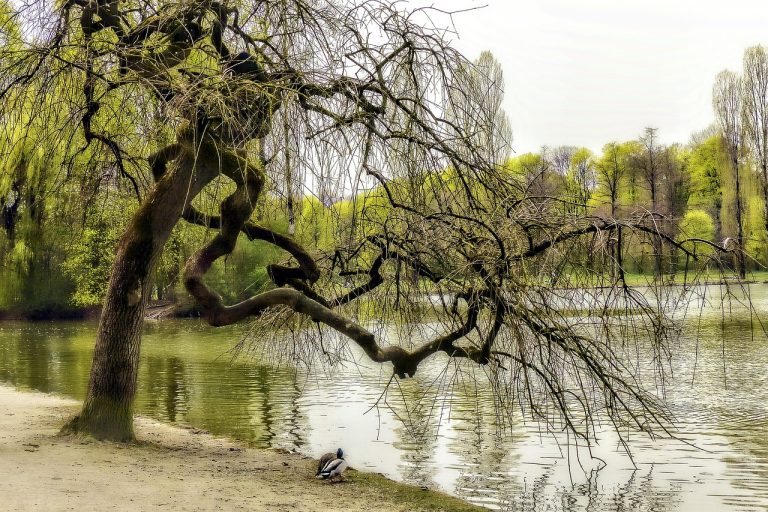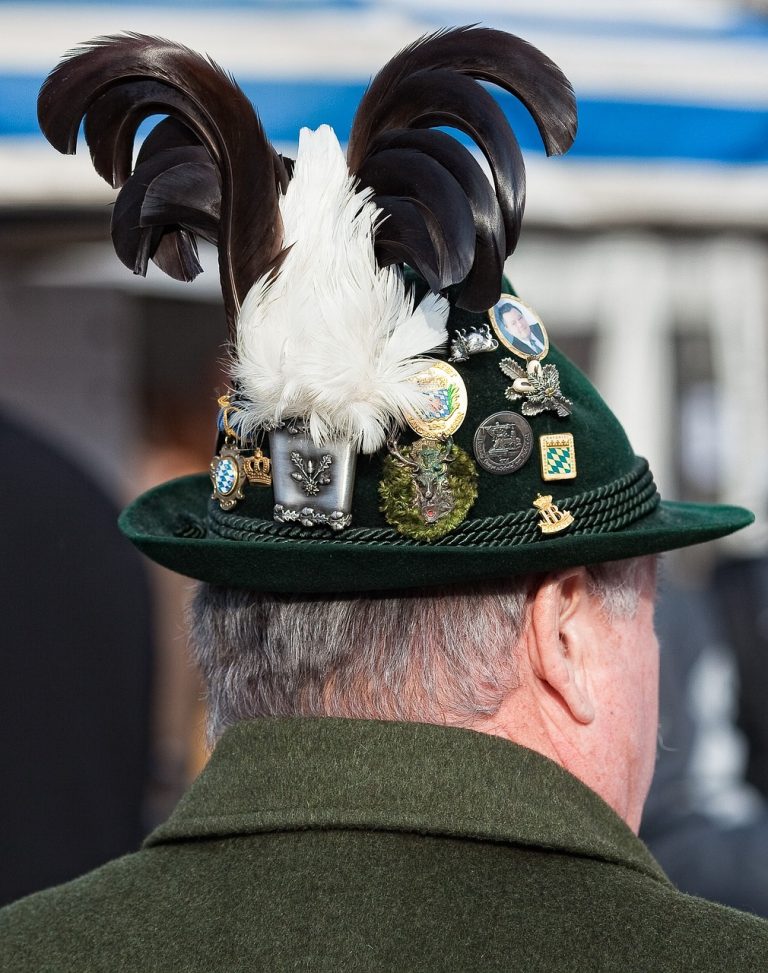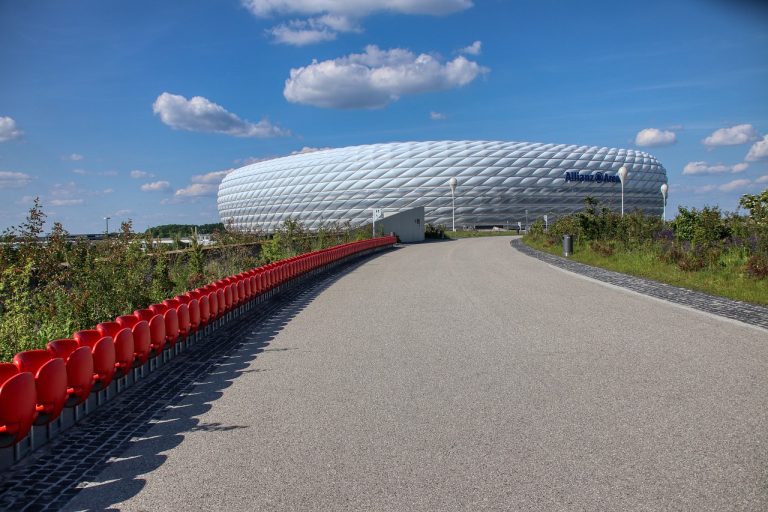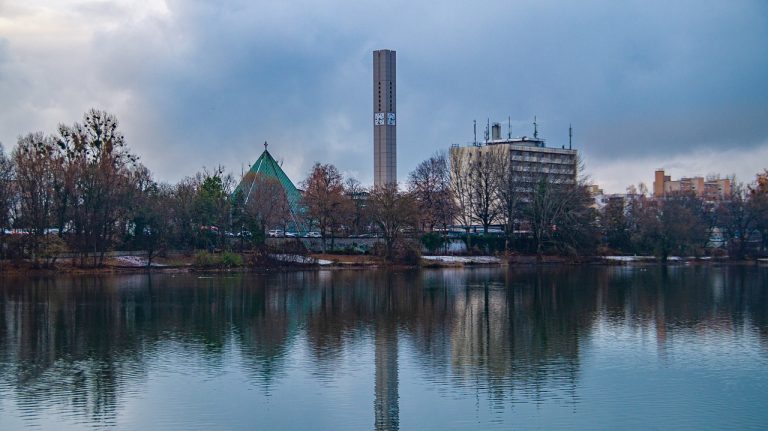Munich Germany Video
The Cultural Evolution of Munich Germany
Munich, the capital city of Bavaria in Germany, has a rich cultural history that has evolved over the centuries. From its origins as a medieval town to its present-day status as a vibrant cultural hub, Munich has witnessed significant transformations. This article explores the cultural evolution of Munich, highlighting its key milestones, landmarks, and cultural institutions.
Medieval Roots
- Marienplatz: The central square of Munich, Marienplatz, has been the heart of the city since its founding in 1158. It served as a marketplace and a venue for various celebrations.
- Alte Pinakothek: Established in 1836, the Alte Pinakothek is one of the oldest art museums in the world. It houses an extensive collection of European paintings, including masterpieces by renowned artists such as Albrecht Dürer and Rembrandt.
- Hofbräuhaus: Founded in 1589 by Duke Wilhelm V, the Hofbräuhaus is a famous beer hall that has become a symbol of Bavarian culture. It offers traditional Bavarian cuisine and live music.
- Nymphenburg Palace: Built as a summer residence for the Bavarian rulers, Nymphenburg Palace is a baroque palace surrounded by beautiful gardens. It showcases the opulence and grandeur of the Bavarian monarchy.
Munich Germany Image 1: 
Enlightenment and Industrialization
- Ludwig-Maximilians-Universität: Founded in 1472, Ludwig-Maximilians-Universität is one of Germany’s oldest universities. It played a crucial role in the intellectual and cultural development of Munich during the Enlightenment.
- English Garden: Created in the late 18th century, the English Garden is one of the largest urban parks in the world. It offers a tranquil retreat for locals and visitors, with its meadows, lakes, and iconic Chinese Tower.
- Deutsches Museum: Established in 1903, the Deutsches Museum is the world’s largest museum of science and technology. It showcases the advancements in various fields, from physics and chemistry to aviation and space exploration.
- Olympiapark: Constructed for the 1972 Summer Olympics, Olympiapark is a sprawling park that houses sports facilities, concert venues, and the iconic Olympic Tower. It represents Munich’s modernization and embrace of international events.
Munich Germany Image 2: 
Art and Culture Renaissance
- Pinakothek der Moderne: Opened in 2002, Pinakothek der Moderne is a museum dedicated to modern and contemporary art, design, and architecture. It showcases works by artists like Pablo Picasso, Andy Warhol, and Wassily Kandinsky.
- Glyptothek: The Glyptothek is a neoclassical museum that houses a collection of ancient Greek and Roman sculptures. It was commissioned by King Ludwig I and opened to the public in 1830.
- Lenbachhaus: The Lenbachhaus is an art museum known for its collection of works by the Blue Rider movement, including paintings by Wassily Kandinsky and Gabriele Münter. It also features contemporary art exhibitions.
- Oktoberfest: Munich’s famous Oktoberfest is the world’s largest beer festival and a cultural celebration. It attracts millions of visitors each year who come to enjoy traditional Bavarian music, food, and beer.
Munich Germany Image 3: 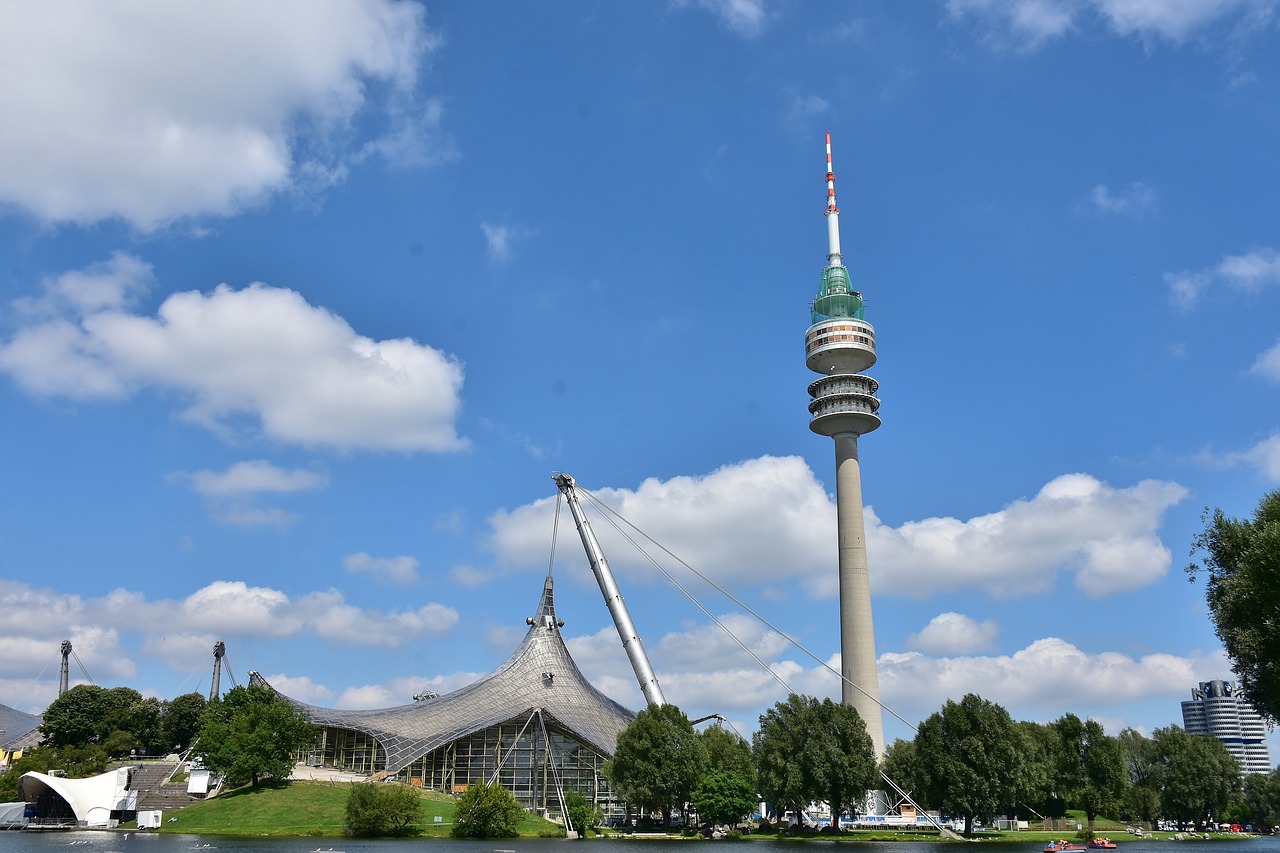
Modern Urban Lifestyle
- BMW Welt: BMW Welt is a futuristic exhibition and event venue showcasing BMW’s latest models and innovations. It offers interactive experiences and guided tours, allowing visitors to immerse themselves in the world of BMW.
- Viktualienmarkt: The Viktualienmarkt is a bustling open-air market offering a wide variety of fresh produce, delicacies, and specialty items. It reflects Munich’s vibrant culinary scene and is a popular spot for locals and tourists alike.
- Maxvorstadt: Maxvorstadt is a trendy neighborhood known for its art galleries, cafes, and cultural institutions. It is home to the University of Munich and has a vibrant intellectual and creative atmosphere.
- Gasteig: The Gasteig is a cultural center that houses Munich’s Philharmonic Orchestra, as well as theaters, libraries, and concert halls. It hosts a wide range of cultural events, including classical music performances and film screenings.
Conclusion
Munich’s cultural evolution is a testament to the city’s rich history and vibrant spirit. From its medieval roots to its modern urban lifestyle, Munich has continuously embraced new ideas, artistic expressions, and cultural experiences. The city’s landmarks, museums, parks, and festivals all contribute to its unique cultural tapestry, attracting visitors from around the world.
References
- munich.de
- visit-munich.com
- deutsches-museum.de
- pinakothek.de
- oktoberfest.de




